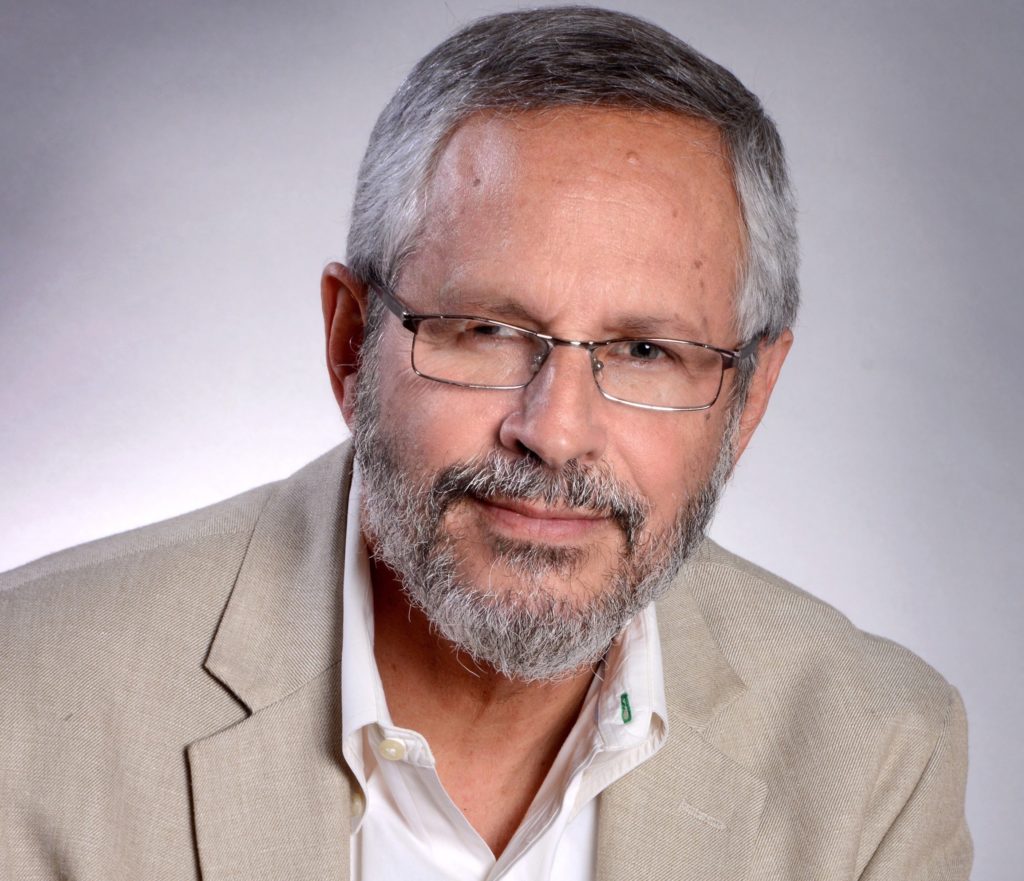By MATTHEW HOLT
Our 20th birthday continues with a few classics coming out. Back in 2005 I was really cutting a lyrical rug, and would never miss a chance to get that Cambridge training in Marxism into use. This essay about whether health care should be a public or private good has always been one of my favorites, even if I’m not sure Starbucks is still making Frappuccinos. And 18 years later the basic point of this essay remains true, even if many of you will not have a clue who Vioxx or Haliburton were or why they mattered back then!
Those of you who think I’m an unreconstructed commie will correctly suspect that I’ve always discussed Marxism in my health care talks. You’d be amazed at how many audiences of hospital administrators in the mid-west know nothing about the integral essentials of Marx’s theory of history. And I really enjoy bring the light to them, especially when I manage to reference Mongolia 1919, managed care and Communism in the same bullet point.
While I’ve always been very proud of that one (err.. maybe you have to be there, but you could always hire me to come tell it!), even if I am jesting, there’s a really loose use of the concept of Marxism in this 2005 piece (reprinted in 2009) called A Prescription for Marxism in Foreign Policy from (apparently) libertarian-leaning Harvard professor Kenneth Rogoff. He opens with this little nugget:
“Karl Marx may have suffered a second death at the end of the last century, but look for a spirited comeback in this one. The next great battle between socialism and capitalism will be waged over human health and life expectancy. As rich countries grow richer, and as healthcare technology continues to improve, people will spend ever growing shares of their income on living longer and healthier lives.”
Actually he’s right that there will be a backlash against the (allegedly) market-based capitalism — which has actually been closer to all-out mercantilist booty capitalism — that we’re seen over the last couple of decades. History tends to be reactive and societies go through long periods of reaction to what’s been seen before. In fact the 1980-20?? (10-15?) period of “conservatism” is a reaction to the 1930-1980 period of social corporatism seen in most of the western world. And any period in which the inequality of wealth and income in one society continues to grow at the current rate will eventually invite a reaction–you can ask Louis XVI of France about that.
But when Rogoff is talking about Marxism in health care what he really means is that, because health care by definition will consume more and more of our societal resources, the arguments about the creation and distribution of health care products and services will look more like the arguments seen in the debates about how the government used to allocate resources for “guns versus butter” in the 1950s. These days we are supposed to believe that government blindly accepts letting “the market” rule, even if for vast sways of the economy the government clearly rules the market, which in turn means that those corporations with political influence set the rules and the budgets (quick now, it begins with an H…).
Continue reading…


















